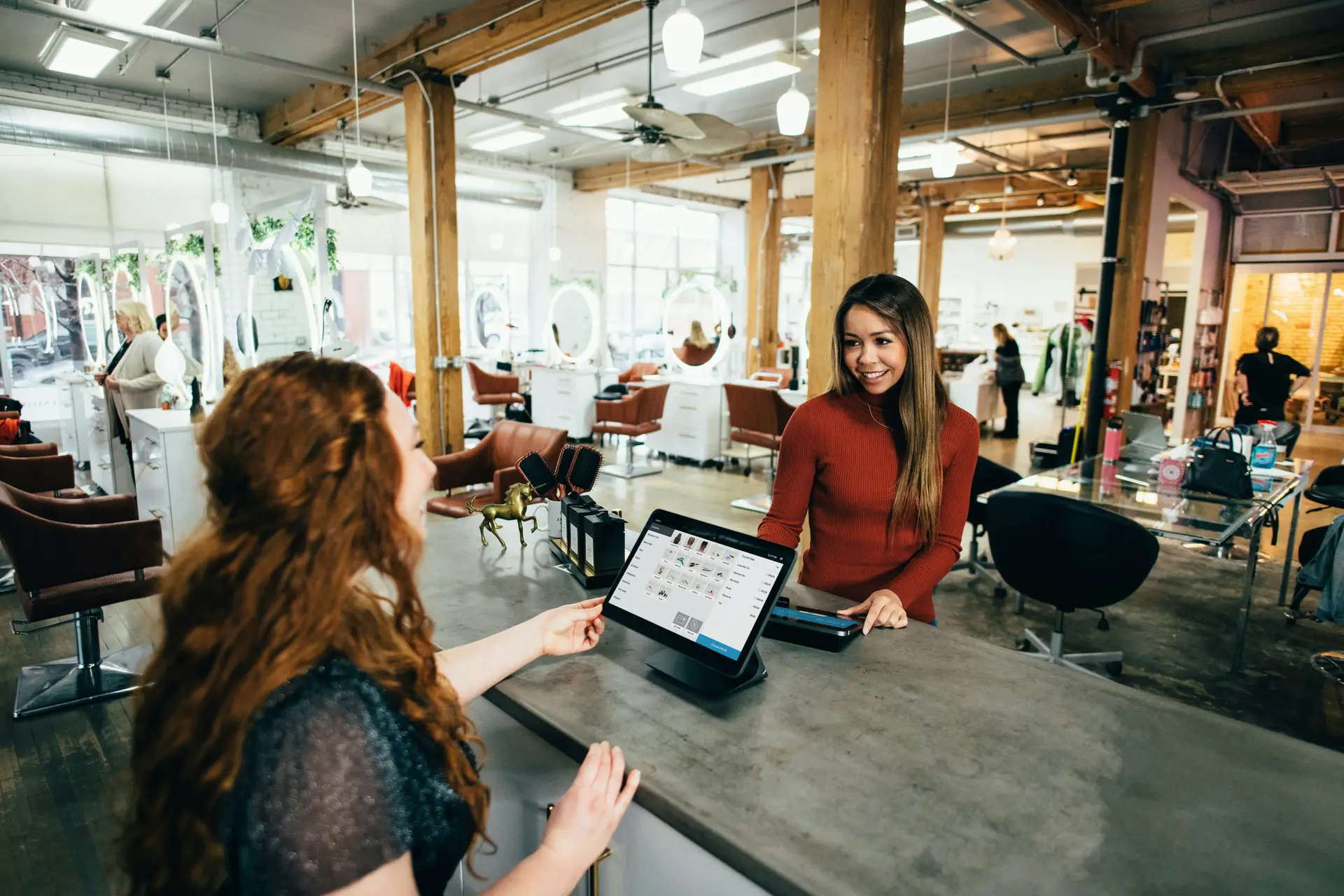In high footfall areas, such as, stadiums, airports and train stations, customers still expect the speed, simplicity, and personalisation they are used to. For operators, this creates both pressure but also potential, but how can businesses eliminate friction across the customer journey while still making the experience personal and memorable in these high-pressure service environments?
Let’s discuss.
Shaping Expectations Digitally Before the Visit
For most customers, their experience starts long before they arrive at the venue. Take stadiums for example, the very first touchpoint is often the ticket. Increasingly, the ticket is being recognised to be more than just a method of entry. This touchpoint is also an opportunity to offer added services, such as bundled catering options or merchandise pre-orders, which create new revenue streams and shape early expectations.
Consider the fan who buys a ticket that includes a drink and snack, or pre-orders their favourite player’s jersey before leaving home. These interactions raise the bar and create a smoother and more rewarding experience, meaning guests are more likely to spend, engage, and return.
Similarly, in travel hubs, such as airports and train stations, the first engagement might come through an airline email, a mobile app, or a digital kiosk. Travellers are often under time pressure in unfamiliar environments, so real-time updates, and pre-ordering options are essential.
For operators, these solutions also offer an advantage. Data from advance bookings and pre-orders offers better visibility into guest preferences, making it easier to forecast demand, reduce waste, and avoid last-minute pressure.
The Pressure Points On-Site
Once guests arrive, the pressure is on. Long queues, unclear menus, and slow payments can quickly undermine the guest experience.
Stadiums and travel hubs are increasingly turning to self-service tech, kiosks and mobile POS, to reduce queues and ease congestion. A working example this can be seen at a Bundesliga stadium, where fans can now customise shirts at a kiosk before kick-off. Once submitted, production starts instantly. This eliminates queues and ensures fans get exactly what they want without missing any of the much-anticipated match action.
In travel environments, autonomy is even more necessary. Travellers want to order, pay, and go. Language differences, tight schedules, and unfamiliar surroundings can create additional stress, and so these customers expect intuitive solutions that work smoothly.
For operators, this means POS systems must handle everything from multi-language payments to multi-currency and tax compliance without getting in the way of a fast and easy transaction.
Finding the Right Balance Between Speed and Service
As hospitality businesses adopt more digital tools to simplify the multiple customer touch points. one question keeps coming up – how do we balance automation with the kind of service that makes experiences feel human?
Technology helps streamline processes, but it’s not about replacing people. It’s about making human interactions more efficient and more meaningful. Removing friction doesn’t mean removing the human touch. Staff can be redeployed to focus on interactions that truly matter, such as answering questions, assisting with custom orders, or helping less tech-savvy guests.
A great example is Zucchetti’s work with Bayer 04 Leverkusen, where mobile POS systems were introduced to take payments directly in the queue. The result was less waiting time for fans, more personal contact, and a better overall experience.
But personalisation isn’t always about face-to-face interaction. With a technology like TCPOS in place, personalisation can take place seamlessly, it might be remembering a previous order, displaying content in the guest’s language, or showing the right offer at just the right moment. The point is to offer relevance, speed, and choice without making the guest work for it.
Driving Loyalty After the Visit
The guest journey doesn’t end at checkout. Post-visit, many operators are still underusing feedback and loyalty tools.
Generic surveys rarely get responses, and when they do, they’re often from unhappy customers. But with the right incentives such as a discount code or exclusive content, feedback becomes more frequent and more useful.
Loyalty is also evolving. Instead of clunky points systems, operators are using digital receipts or app sign-ups to trigger relevant, timely offers. In airports, this might mean linking loyalty to airline accounts. In stadiums, it might be a discount on merchandise for new app users.
Centralised solutions like TCPOS that run campaigns across multiple systems, such as kiosks, tills, digital signages and mobile apps, are helping venues do more with less.
The Bigger Picture
As hospitality businesses work to meet rising guest expectations, modern, modular POS platforms like Zucchetti’s TCPOS offer the flexibility and functionality they need. With full omnichannel support that includes mobile and web apps for pre-ordering, on-site tills, self-order kiosks, self-checkout, and post-visit feedback tools, Zucchetti delivers a connected experience across every stage of the customer journey.
Designed to support both retail and food service operations, TCPOS manages multiple venues, currencies, and integrations within a single scalable system. This enables operators to modernise efficiently, without the need for major system overhauls or disruptive transitions.
Looking ahead, developments such as AI-driven upselling, mobile-first design, and tools that monitor environmental impact will continue to influence guest experiences. Even as technology evolves, the core priorities remain the same: make the journey easy, make it fast, and give guests a reason to return.
Because whether it’s a fan picking up a snack before the second half or a traveller grabbing a quick bite before departure, what truly matters is how smooth the experience feels from start to finish.











